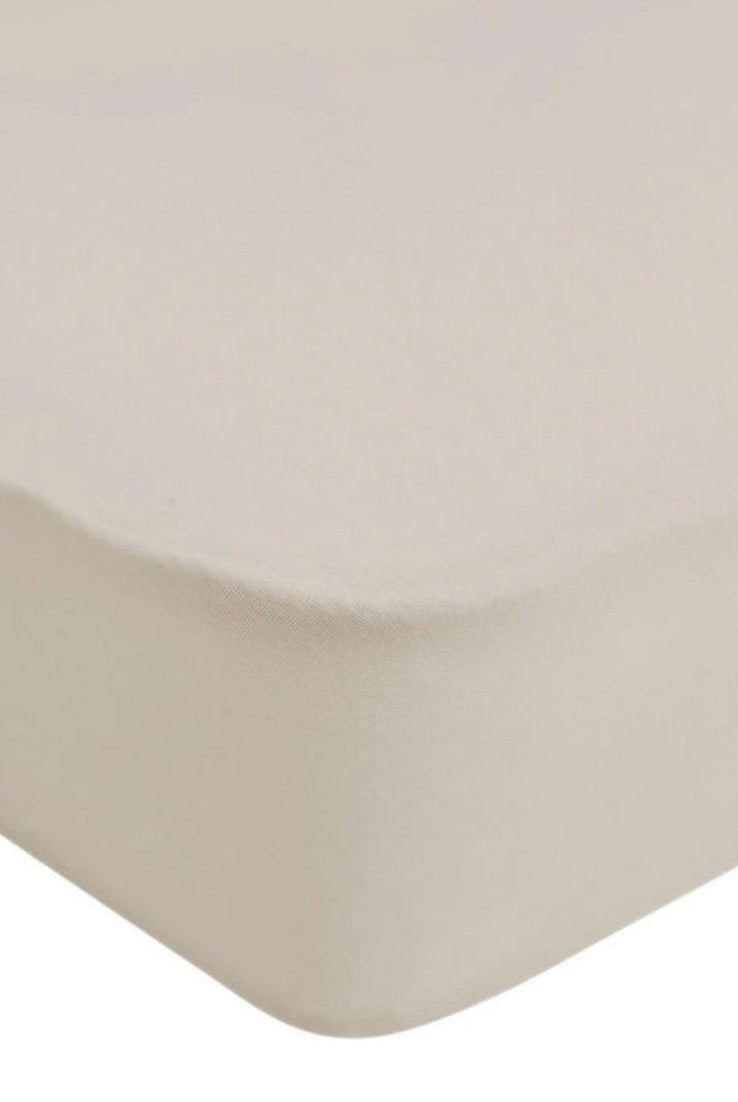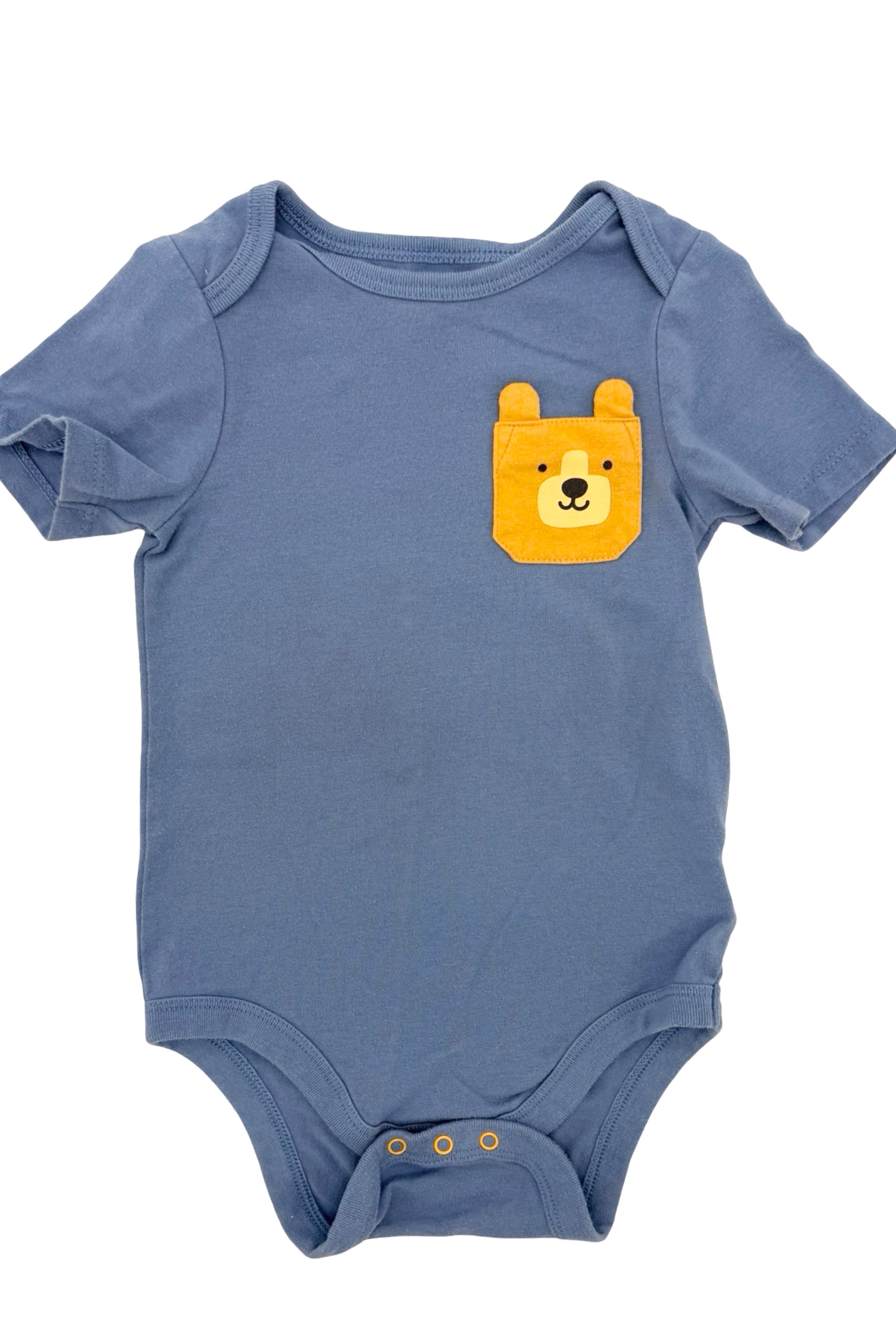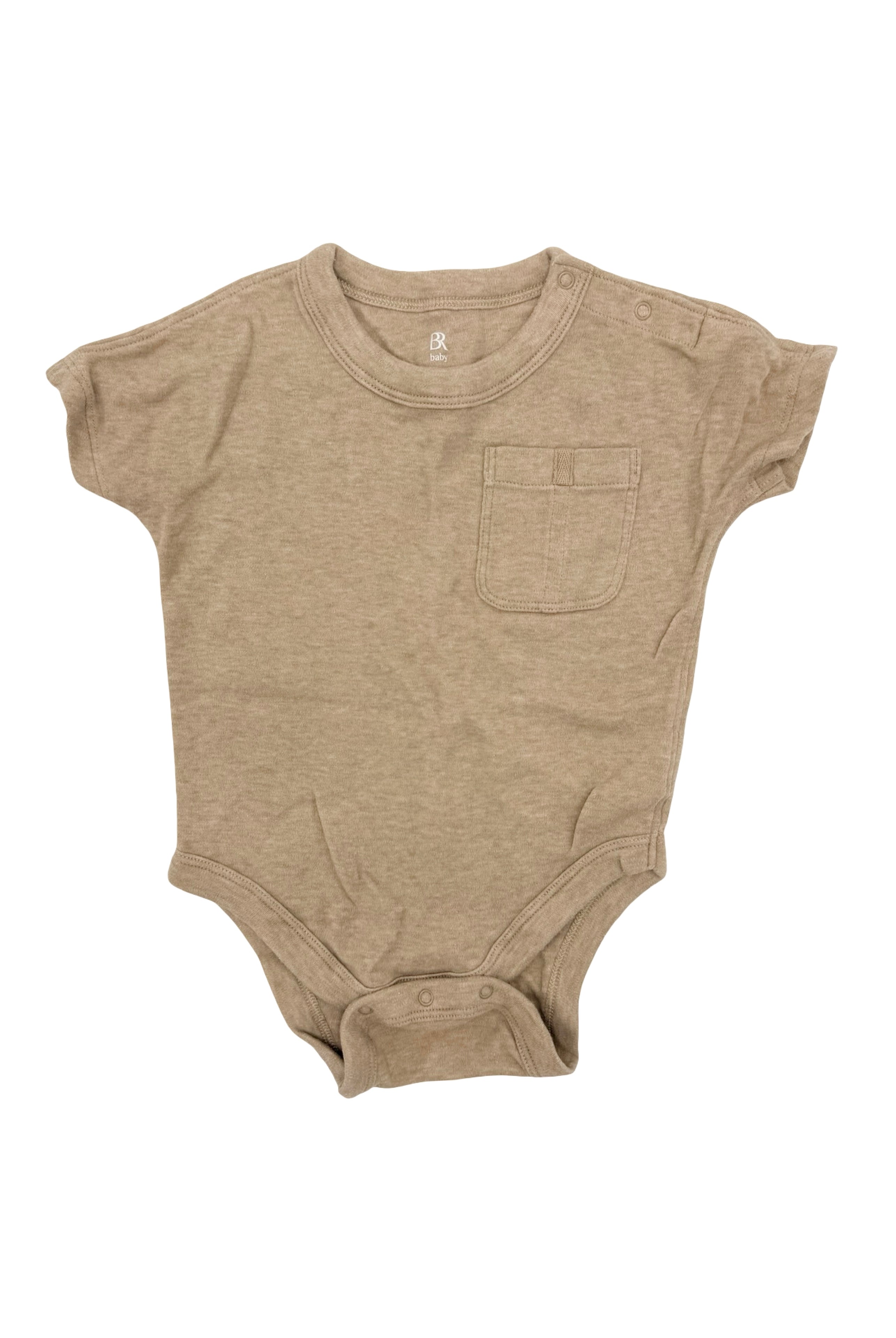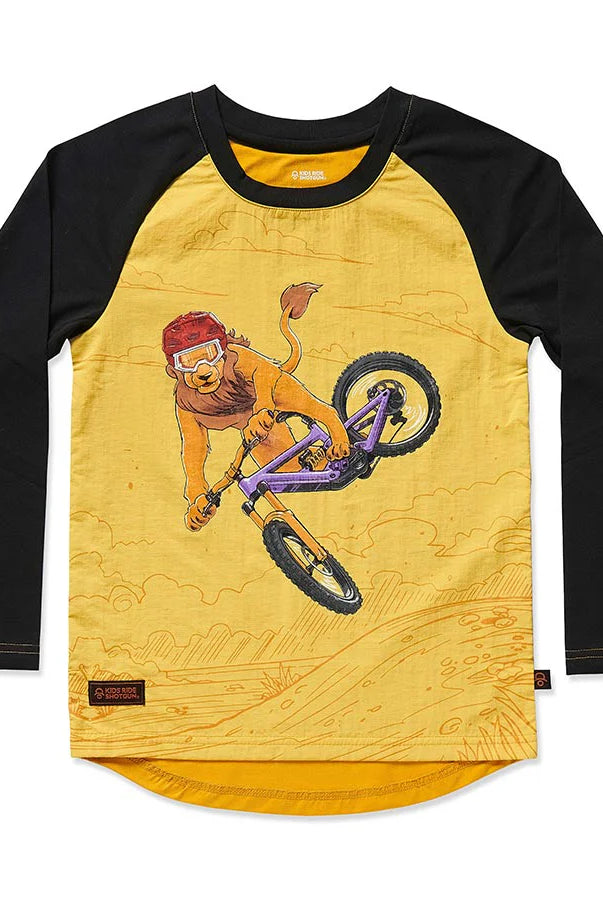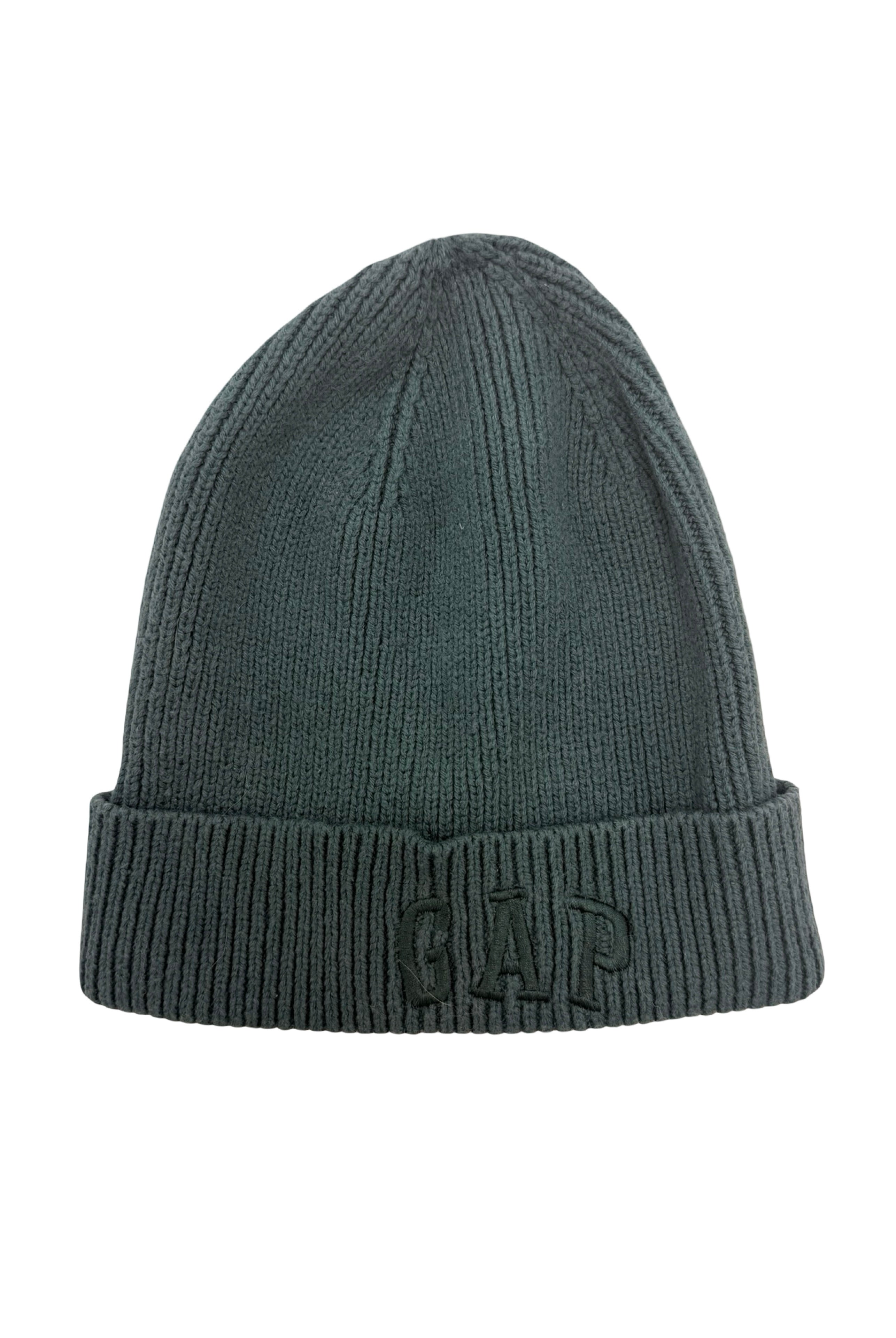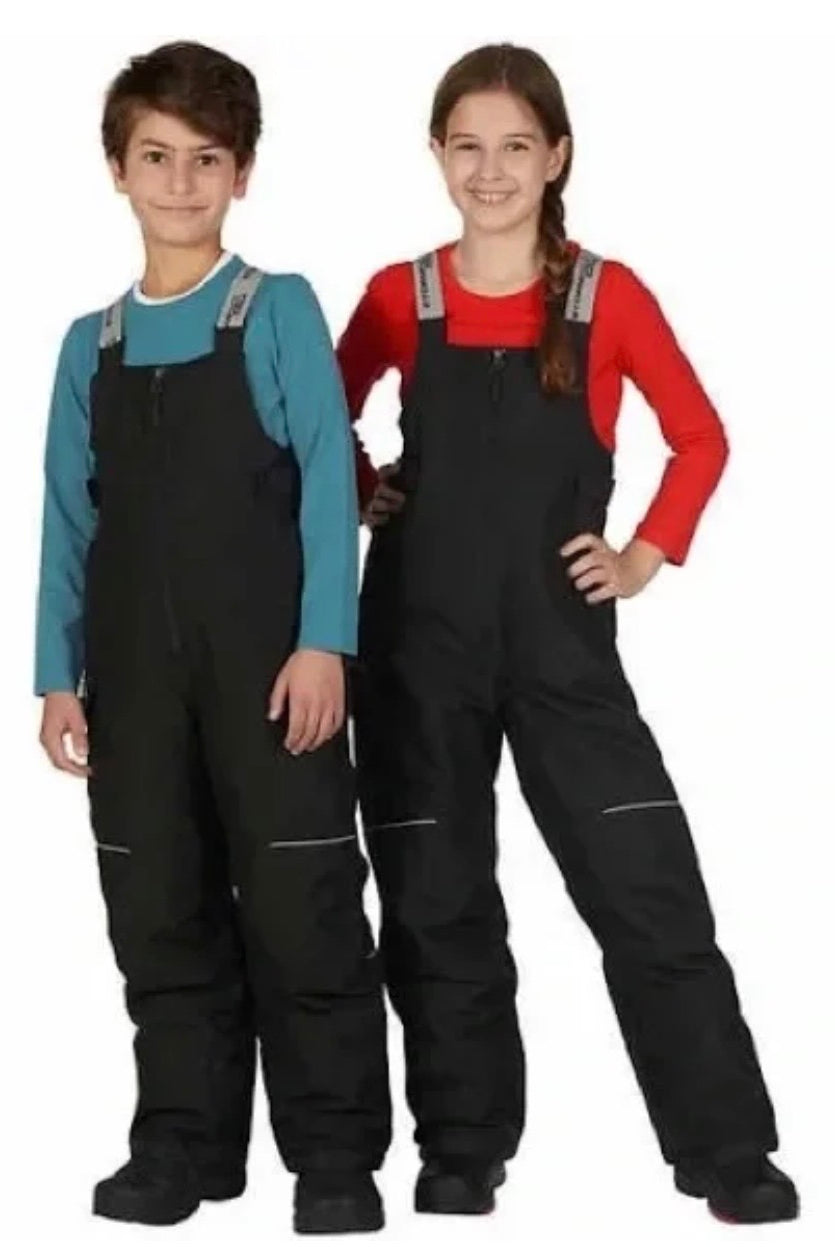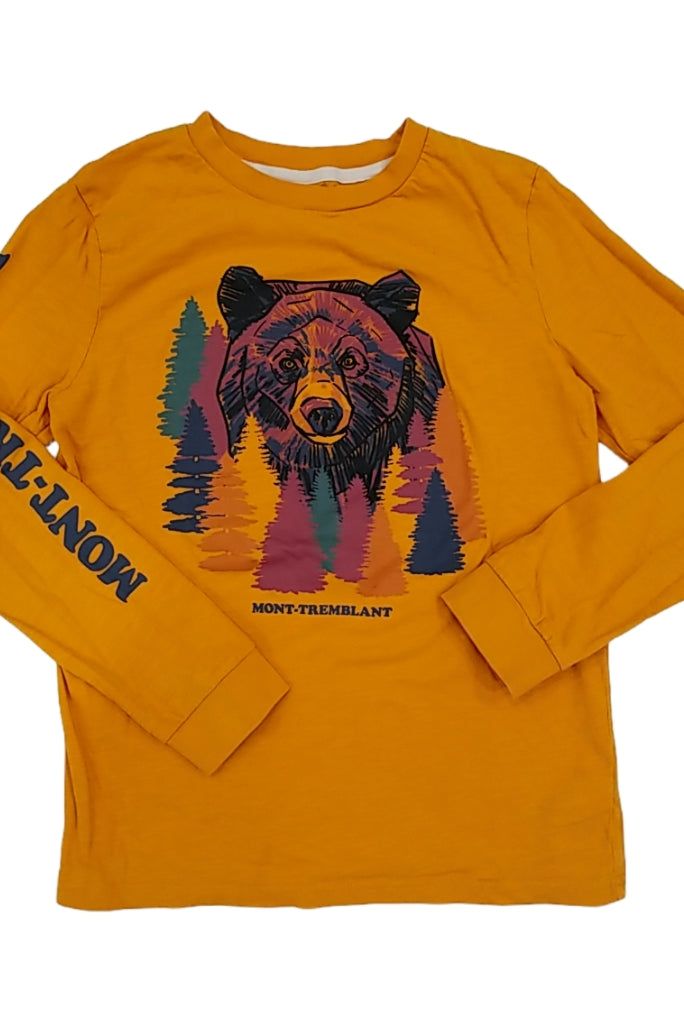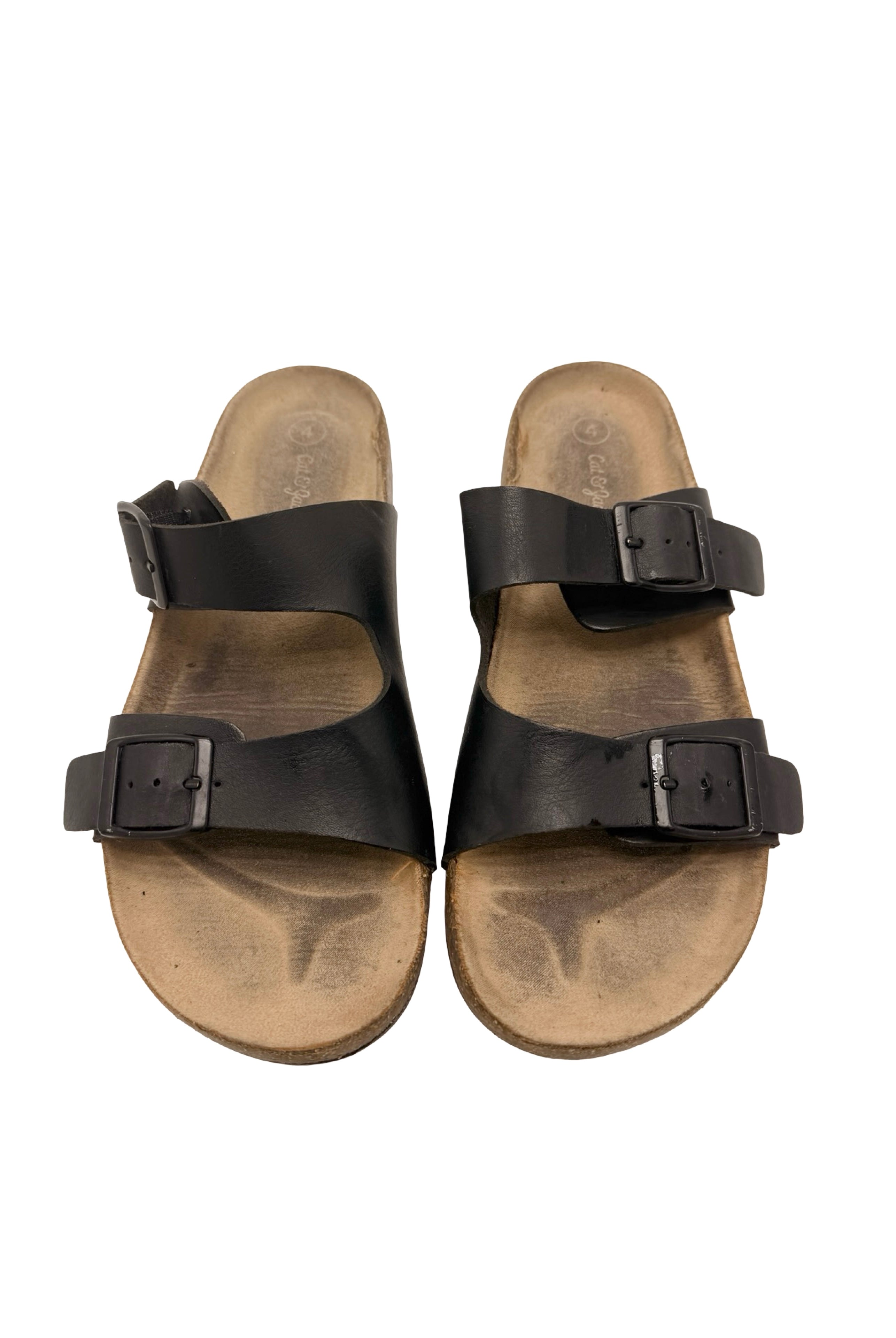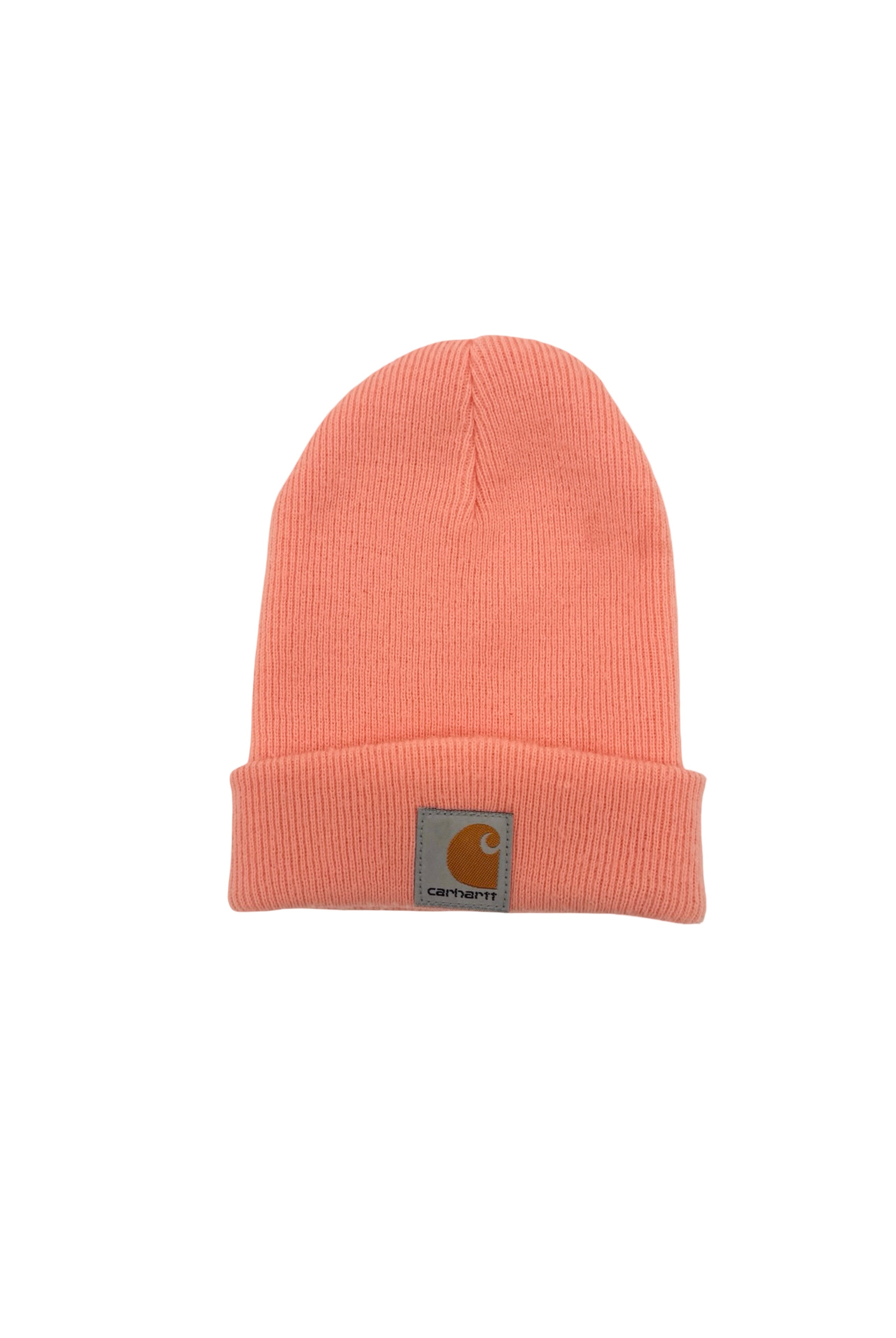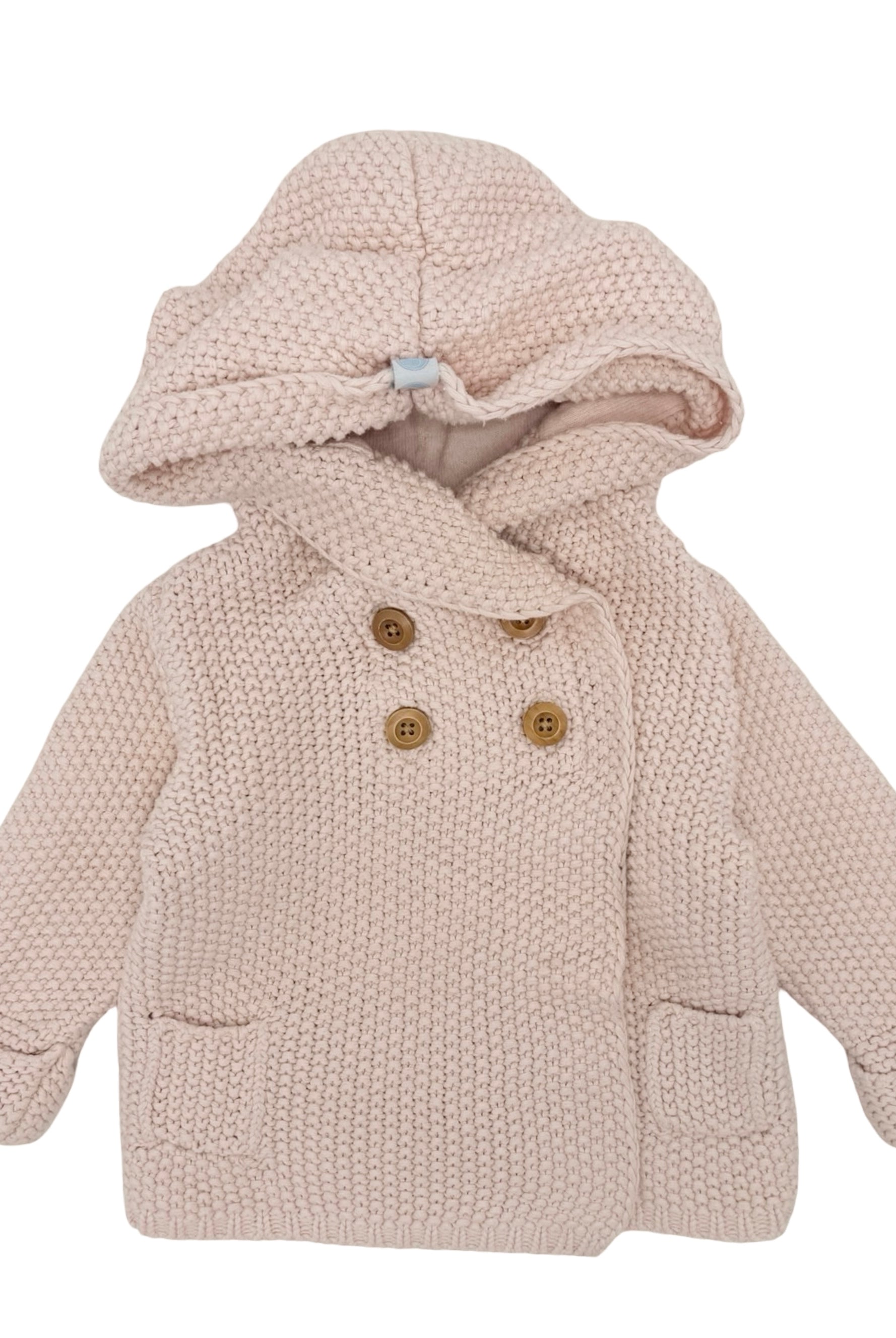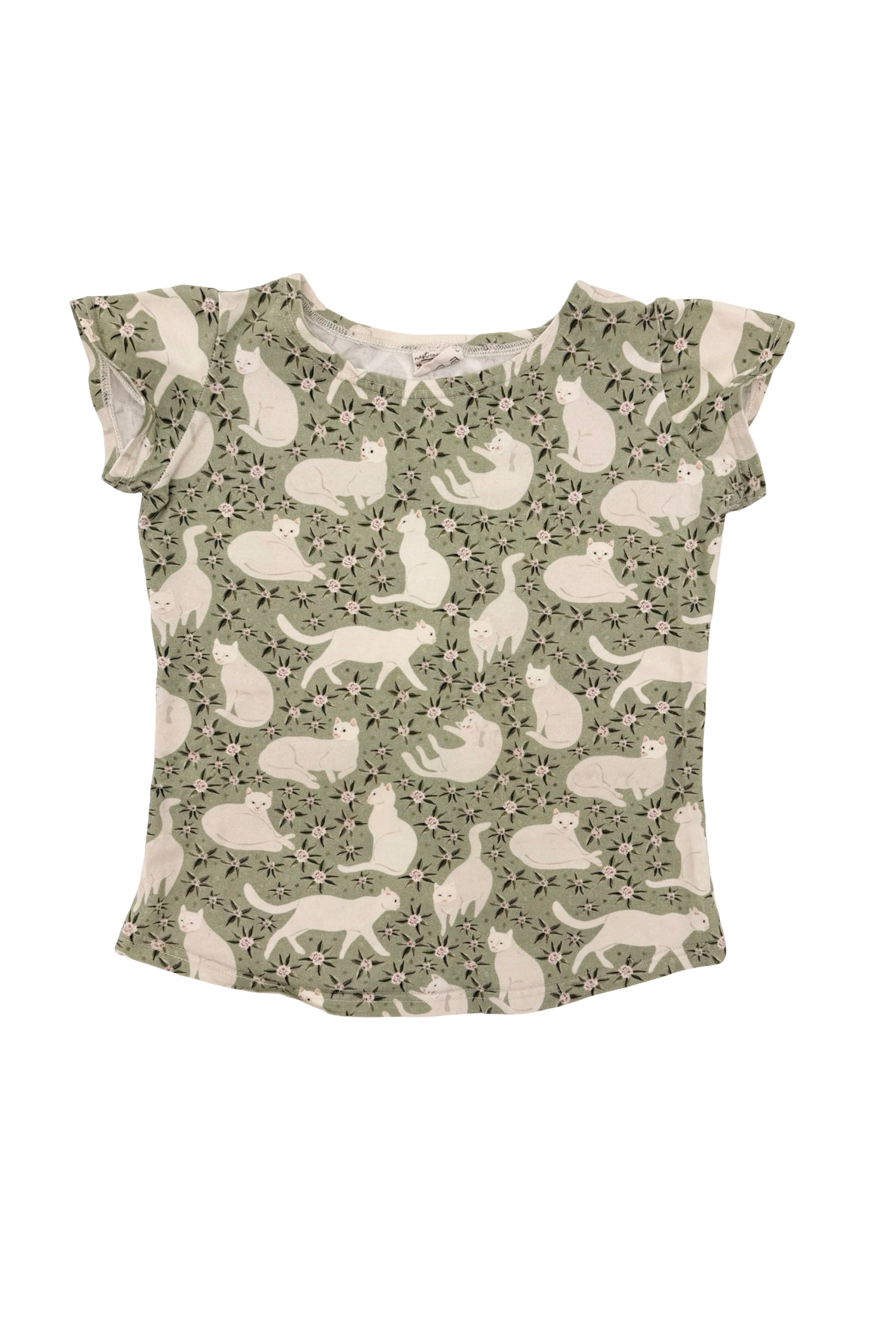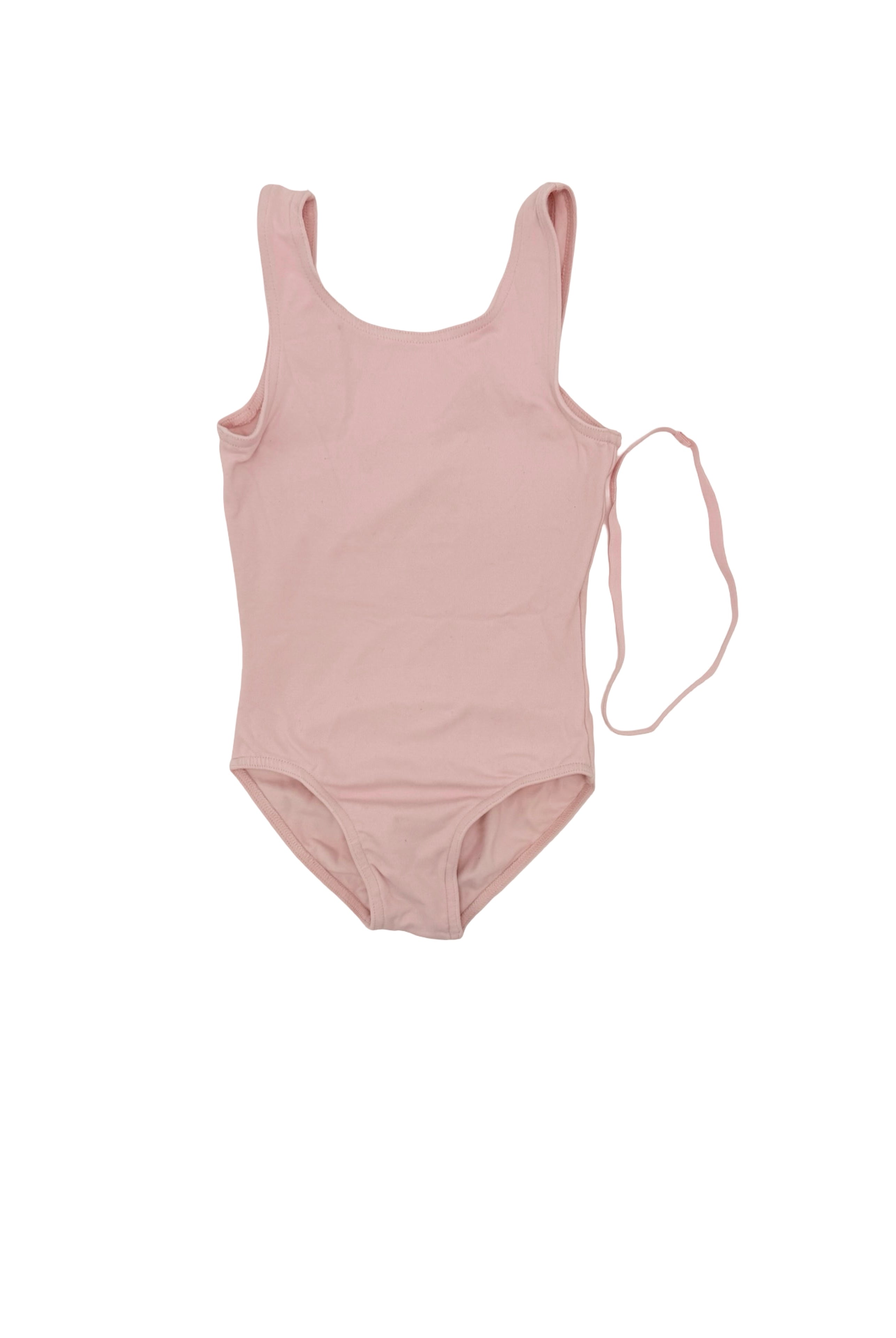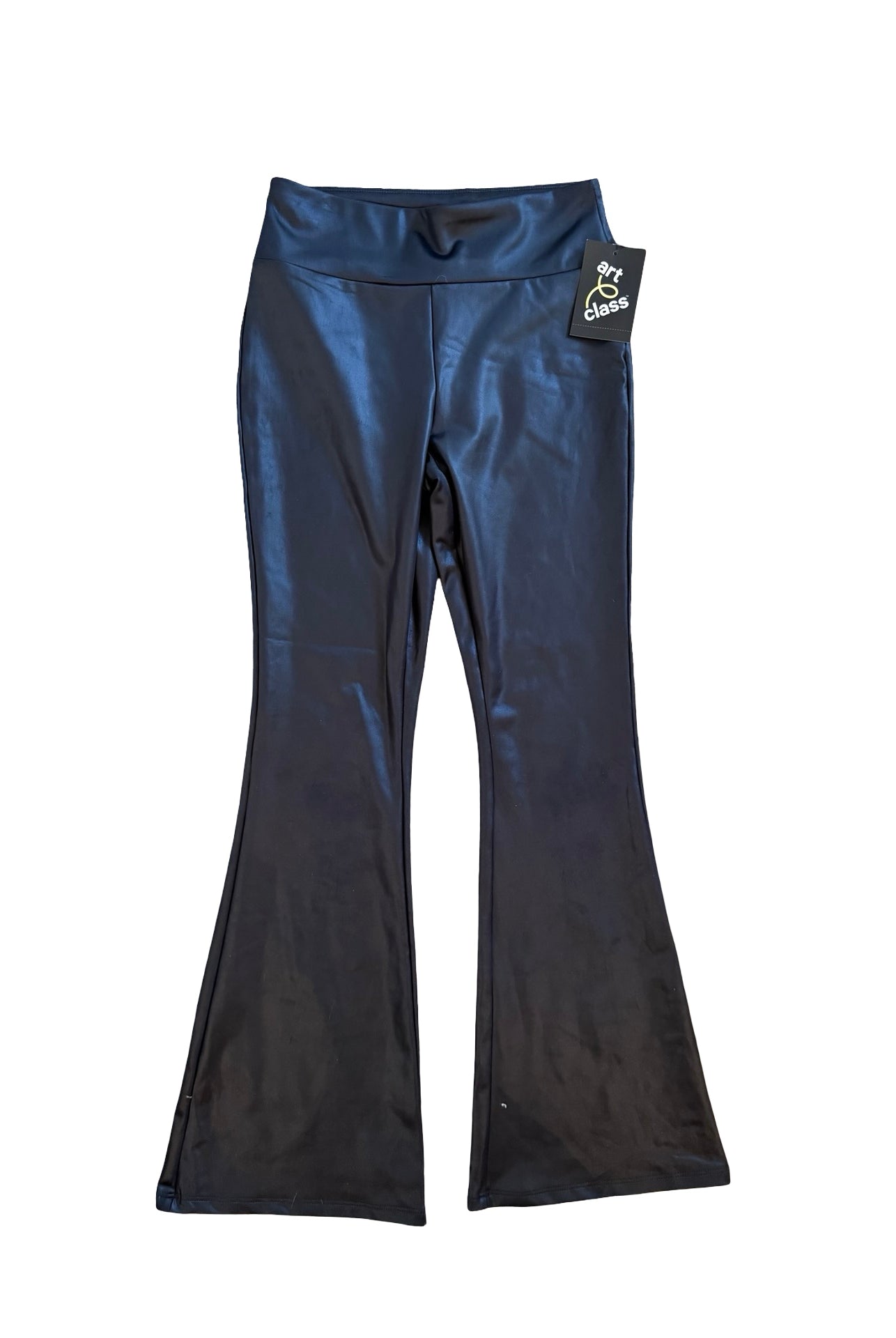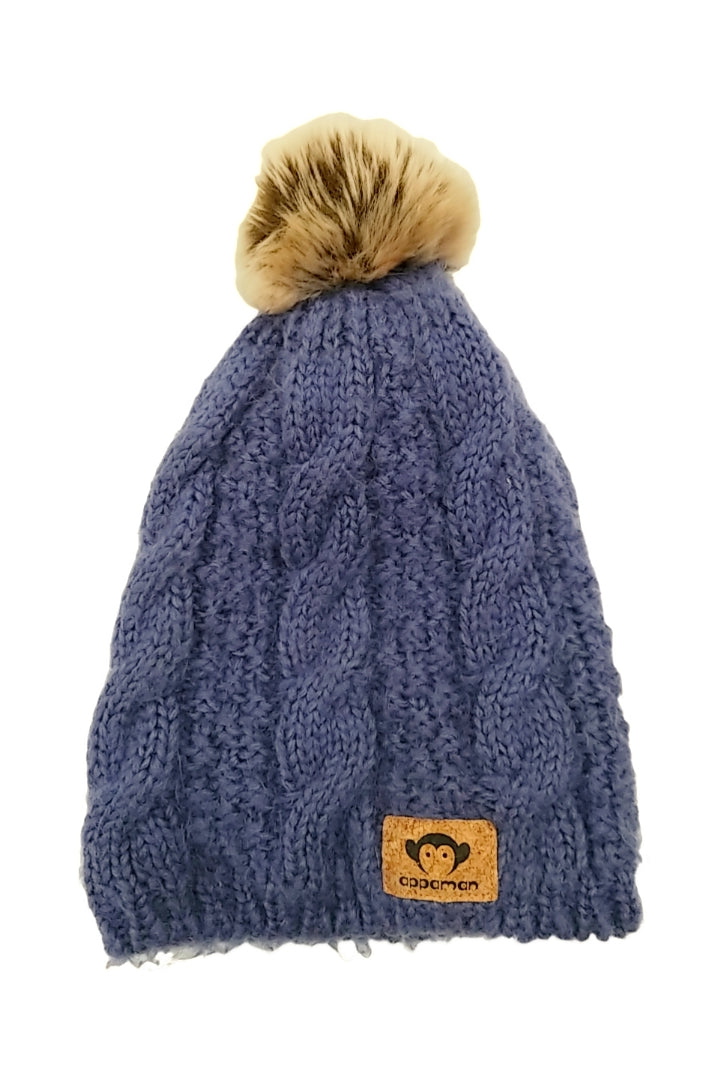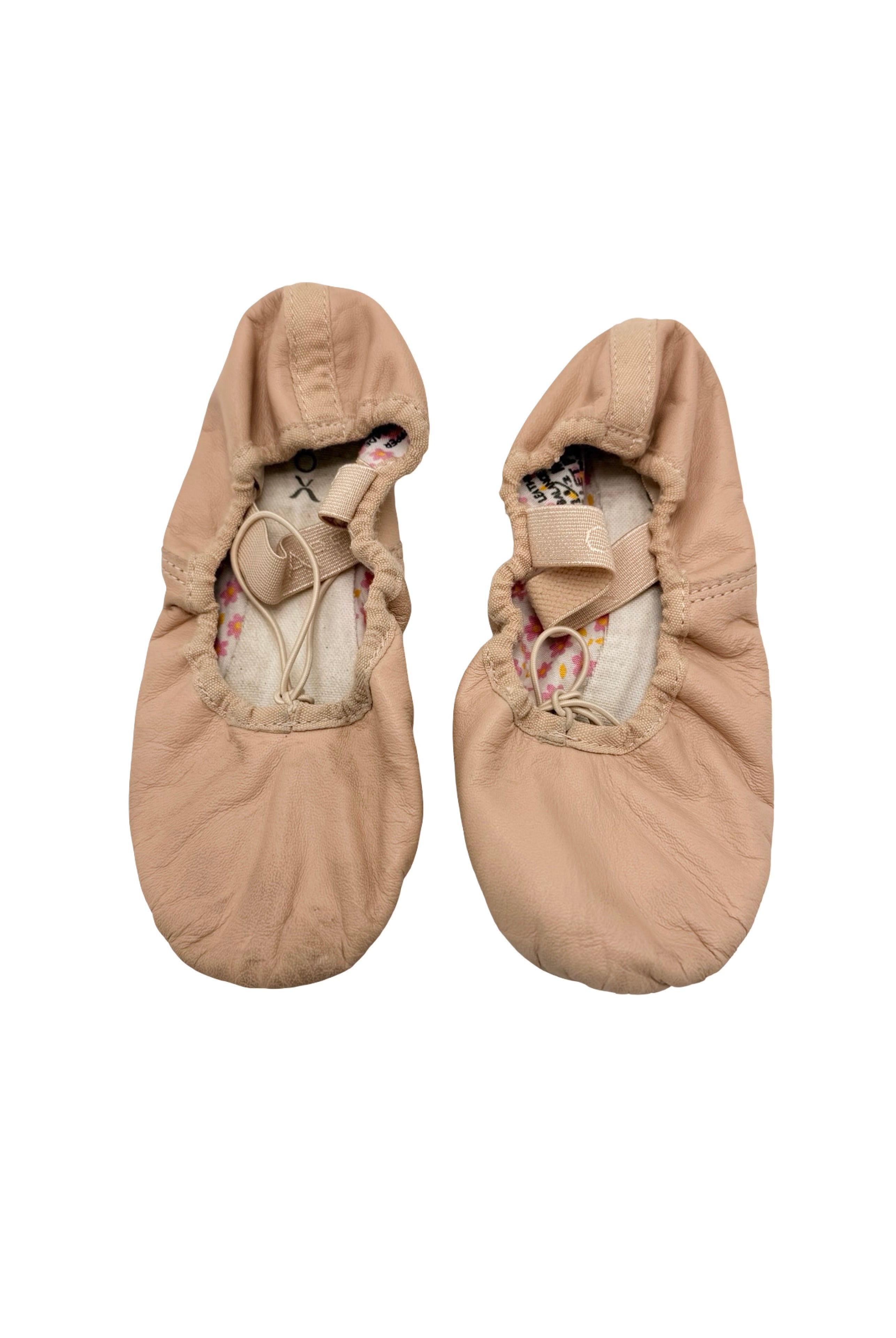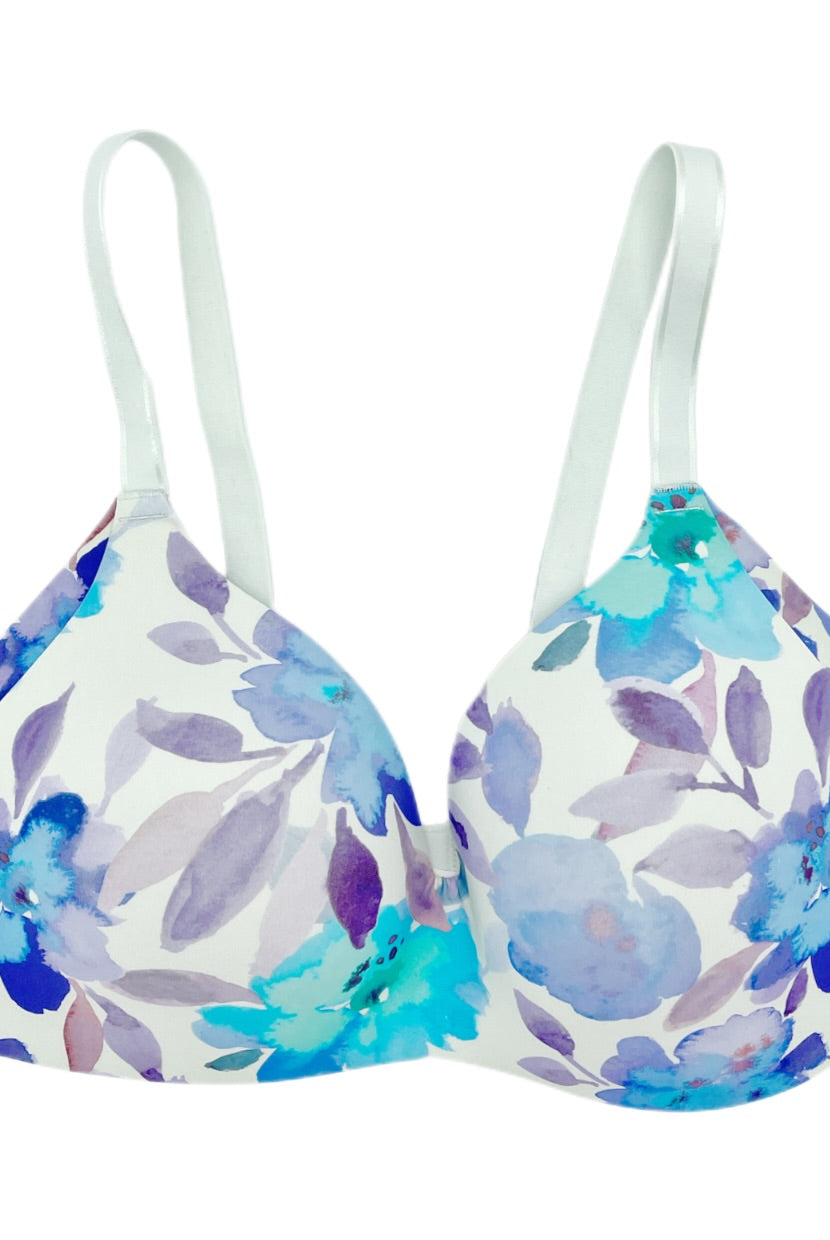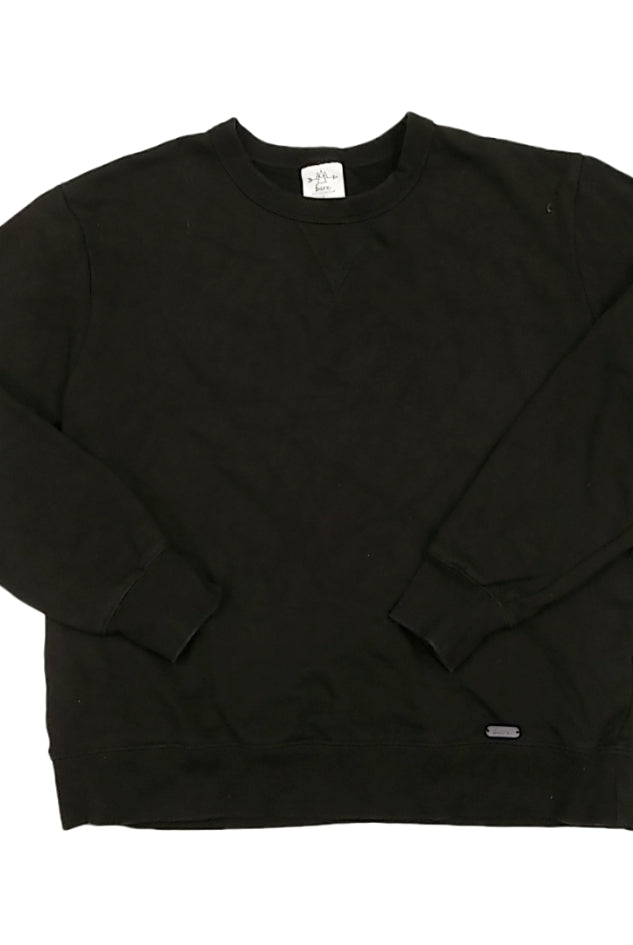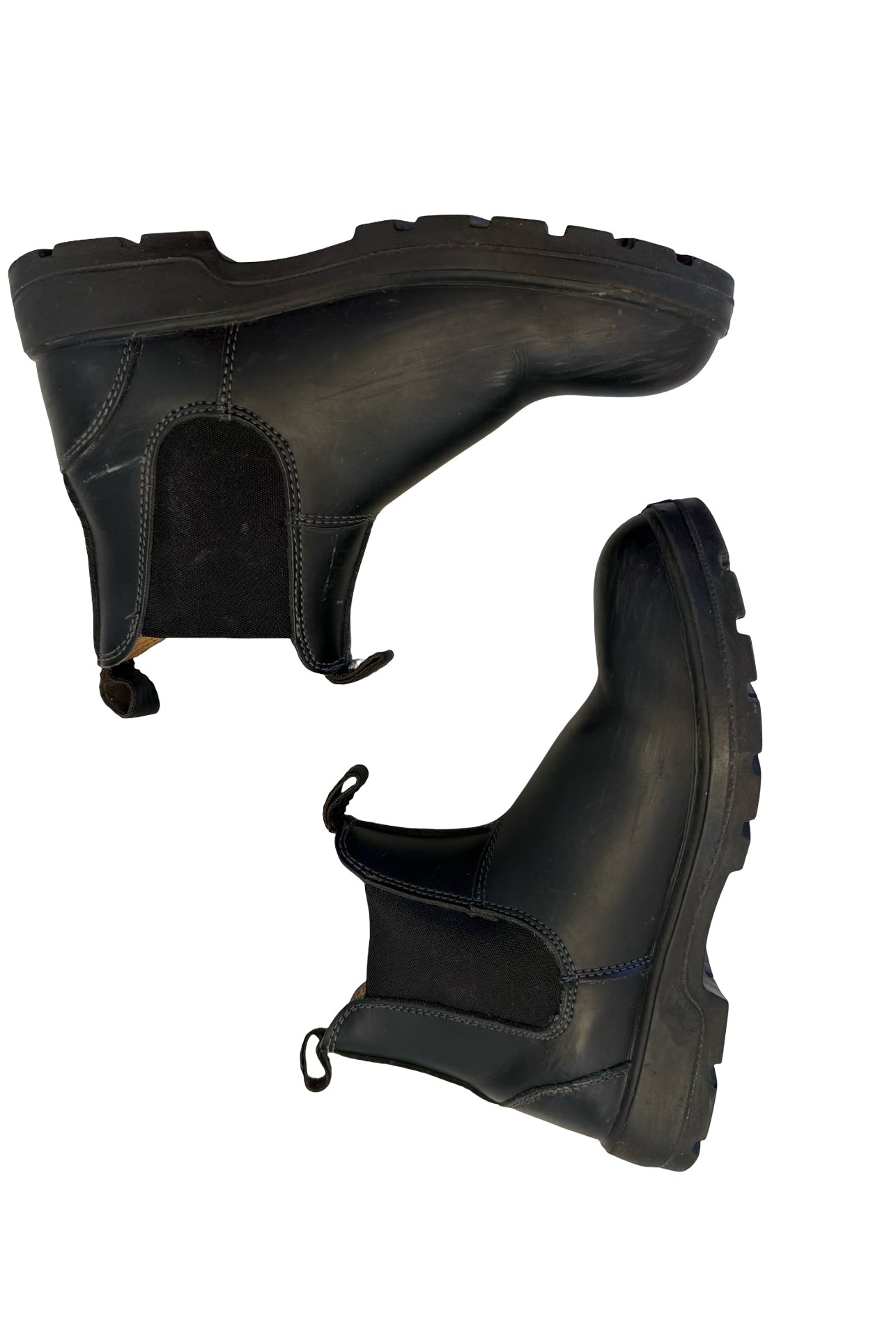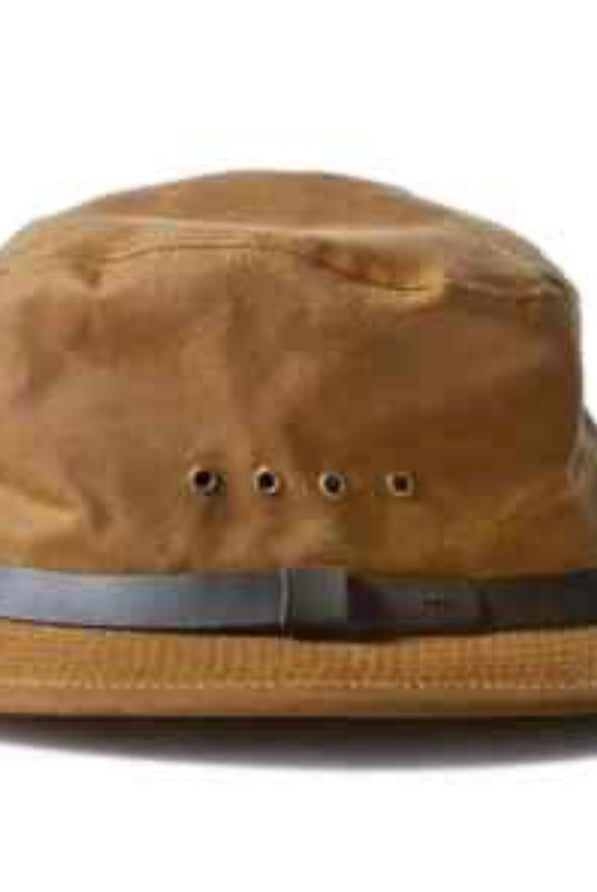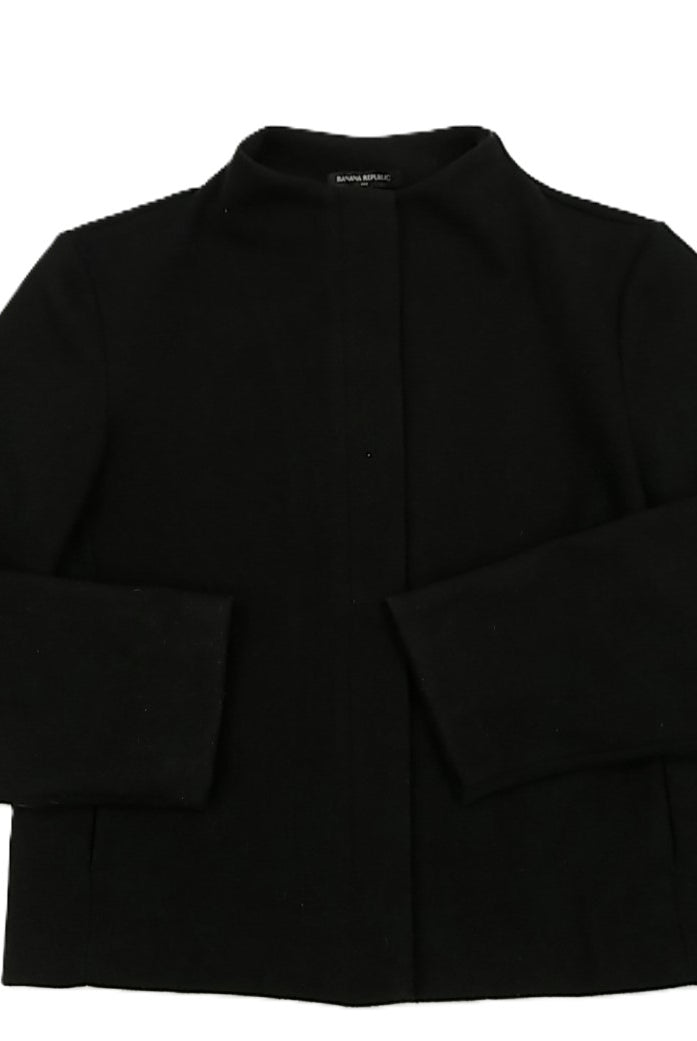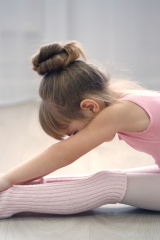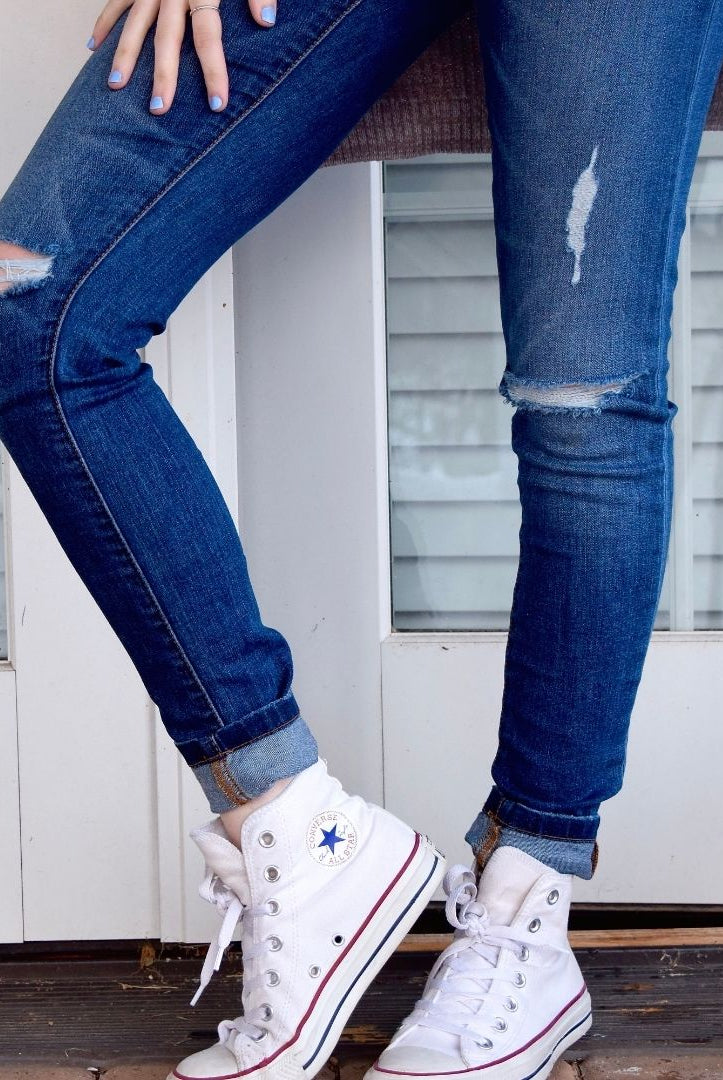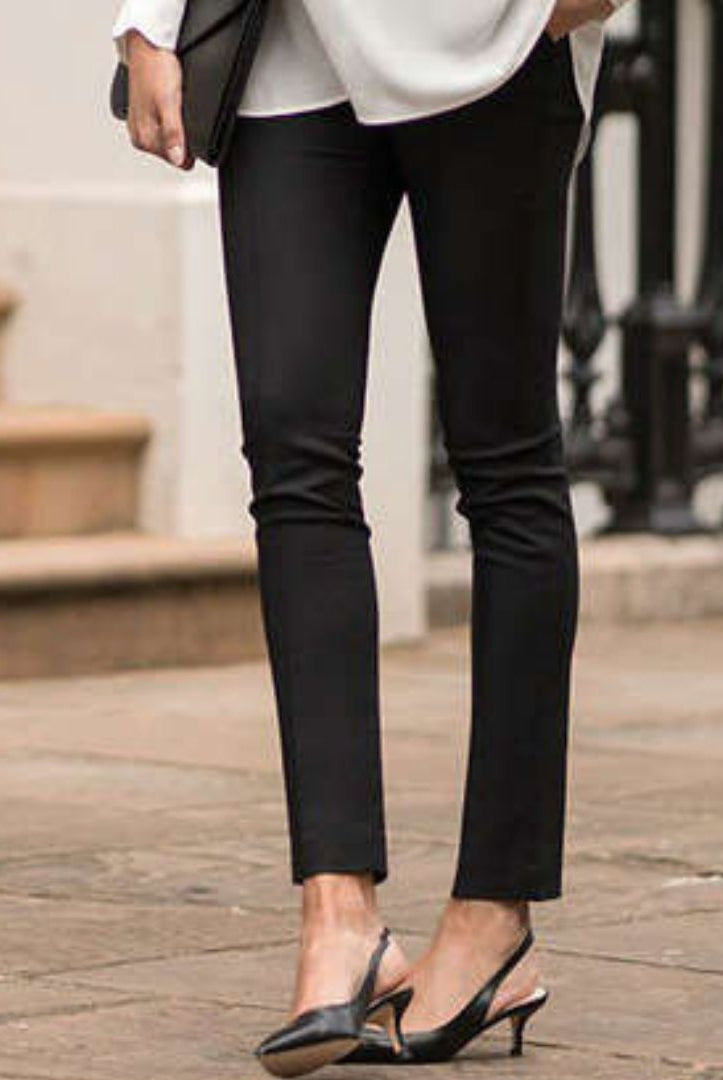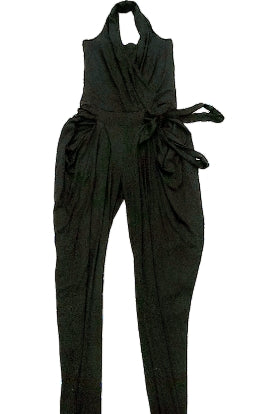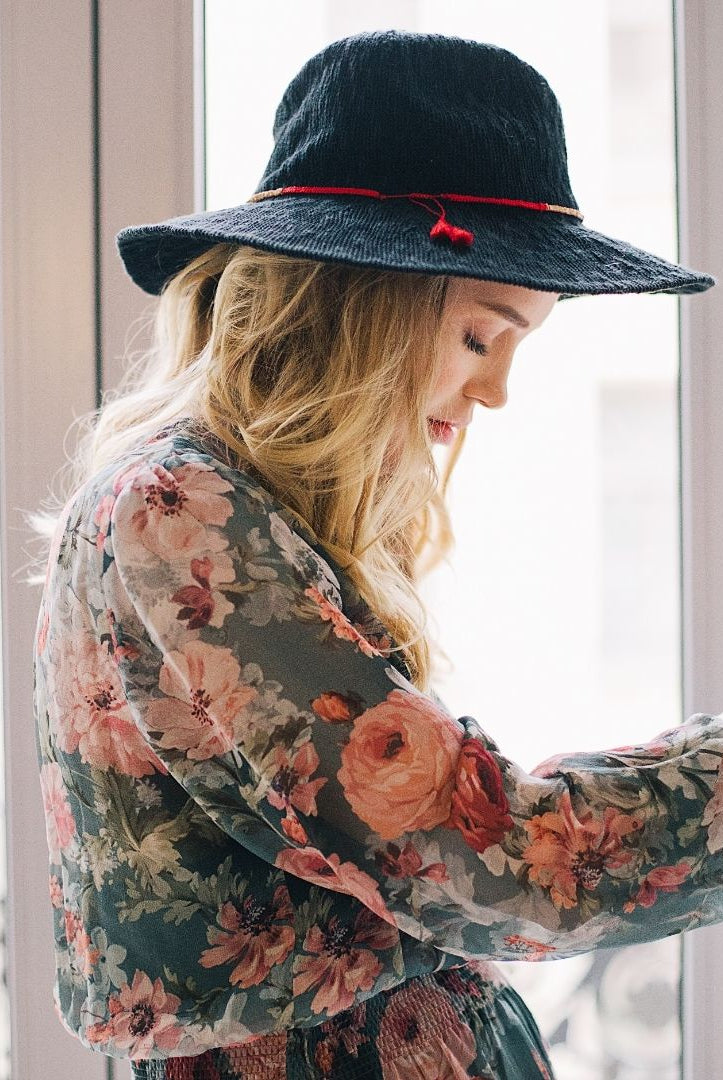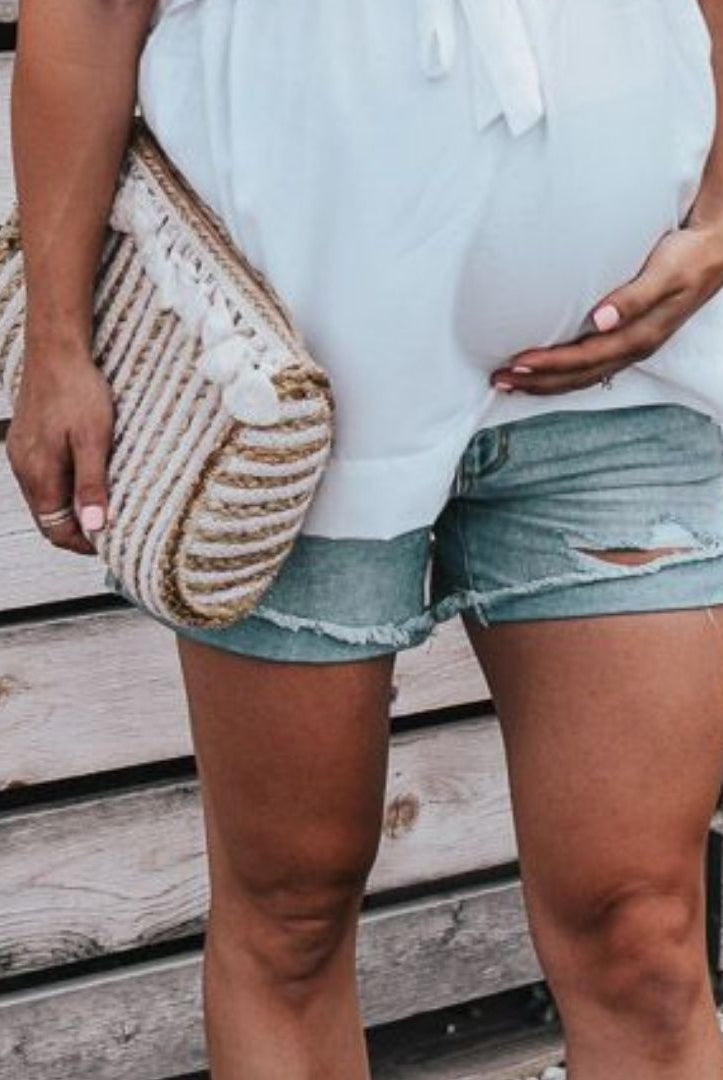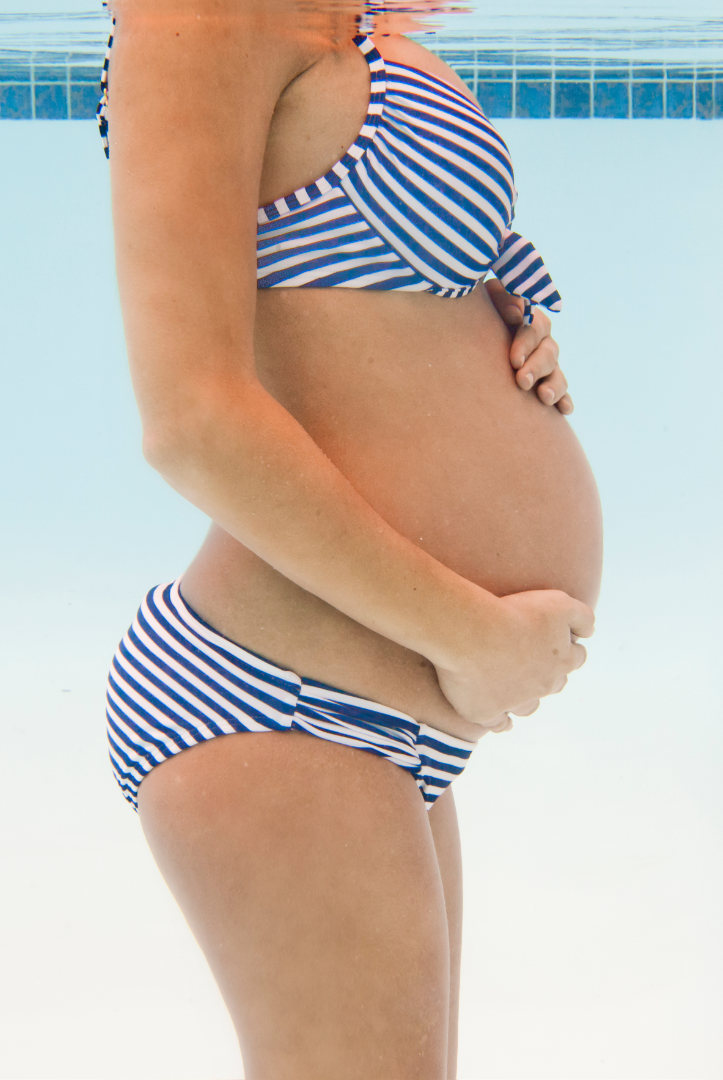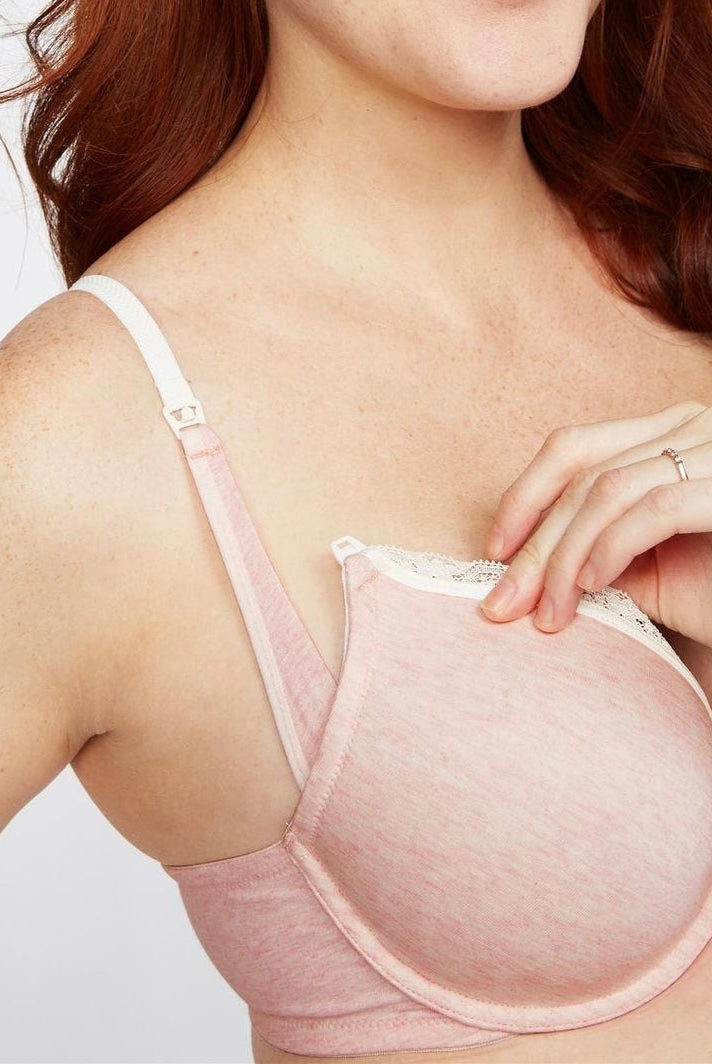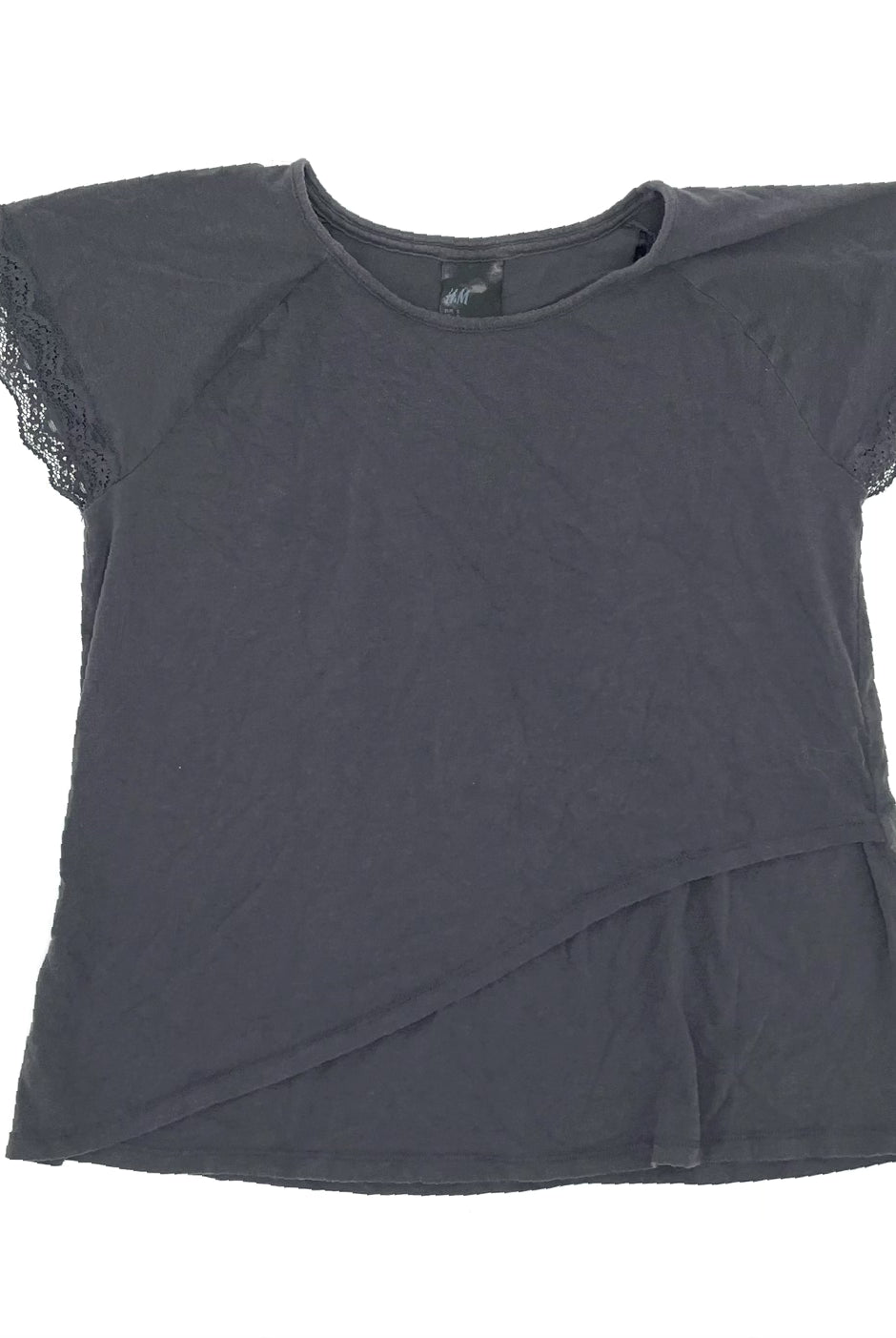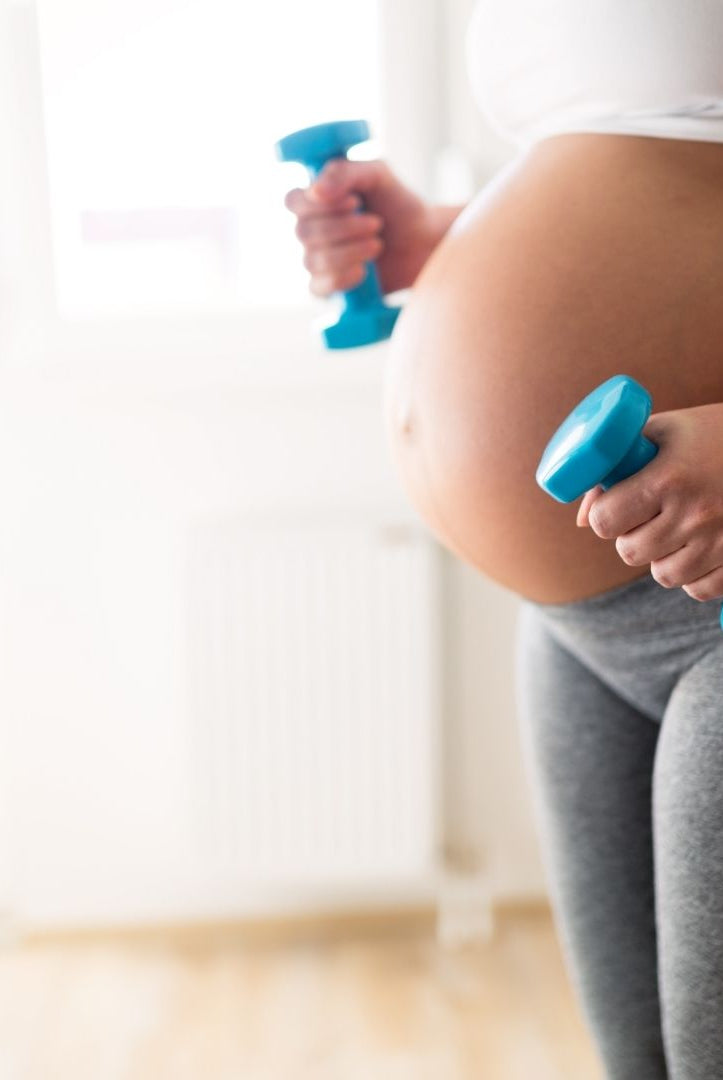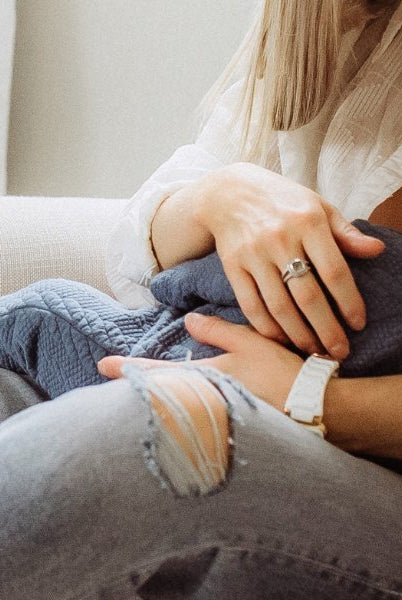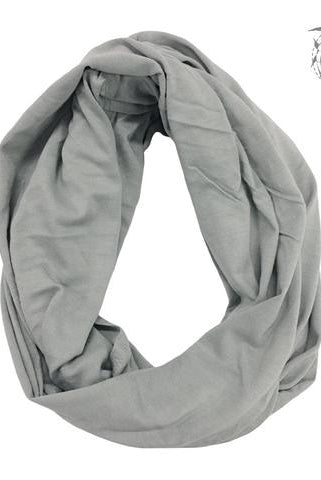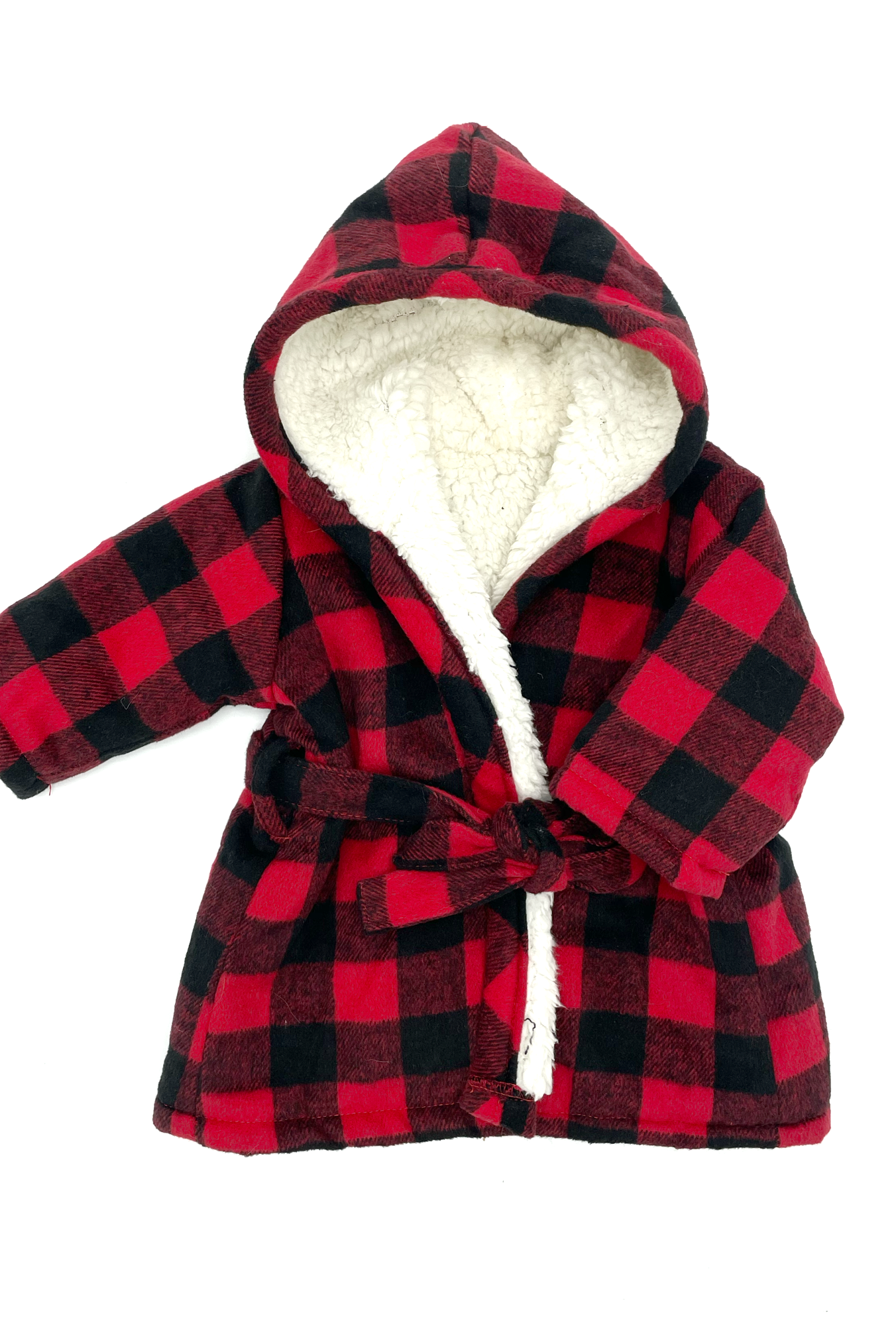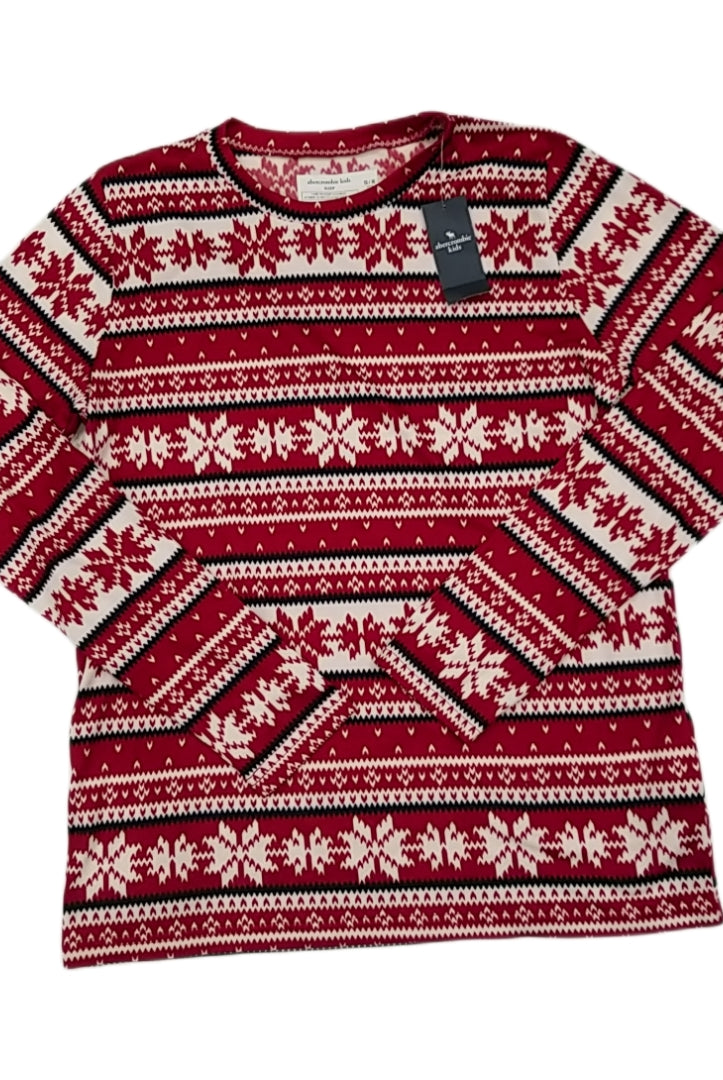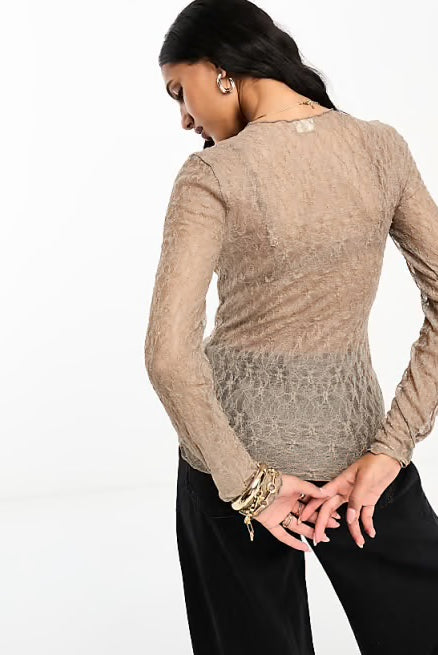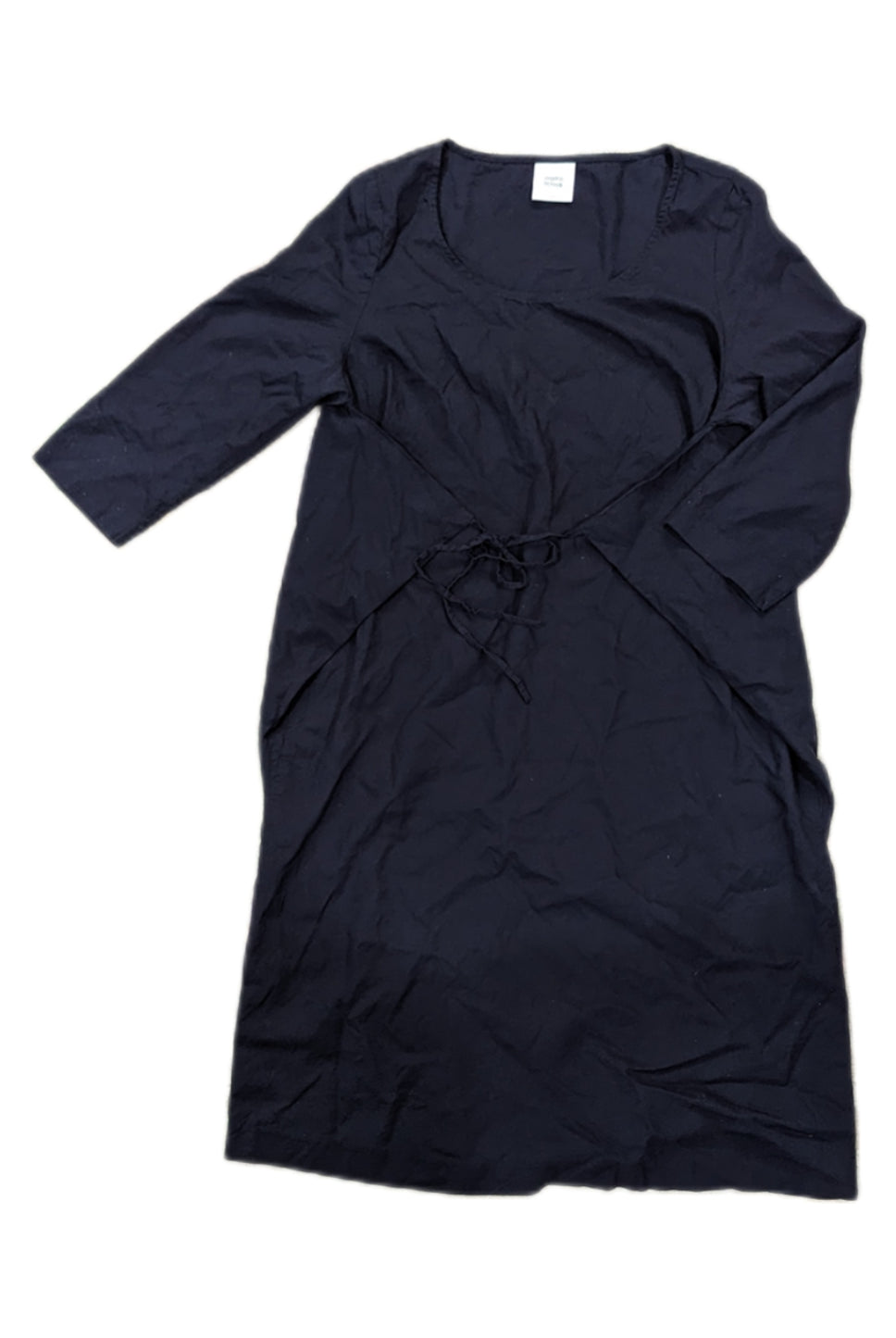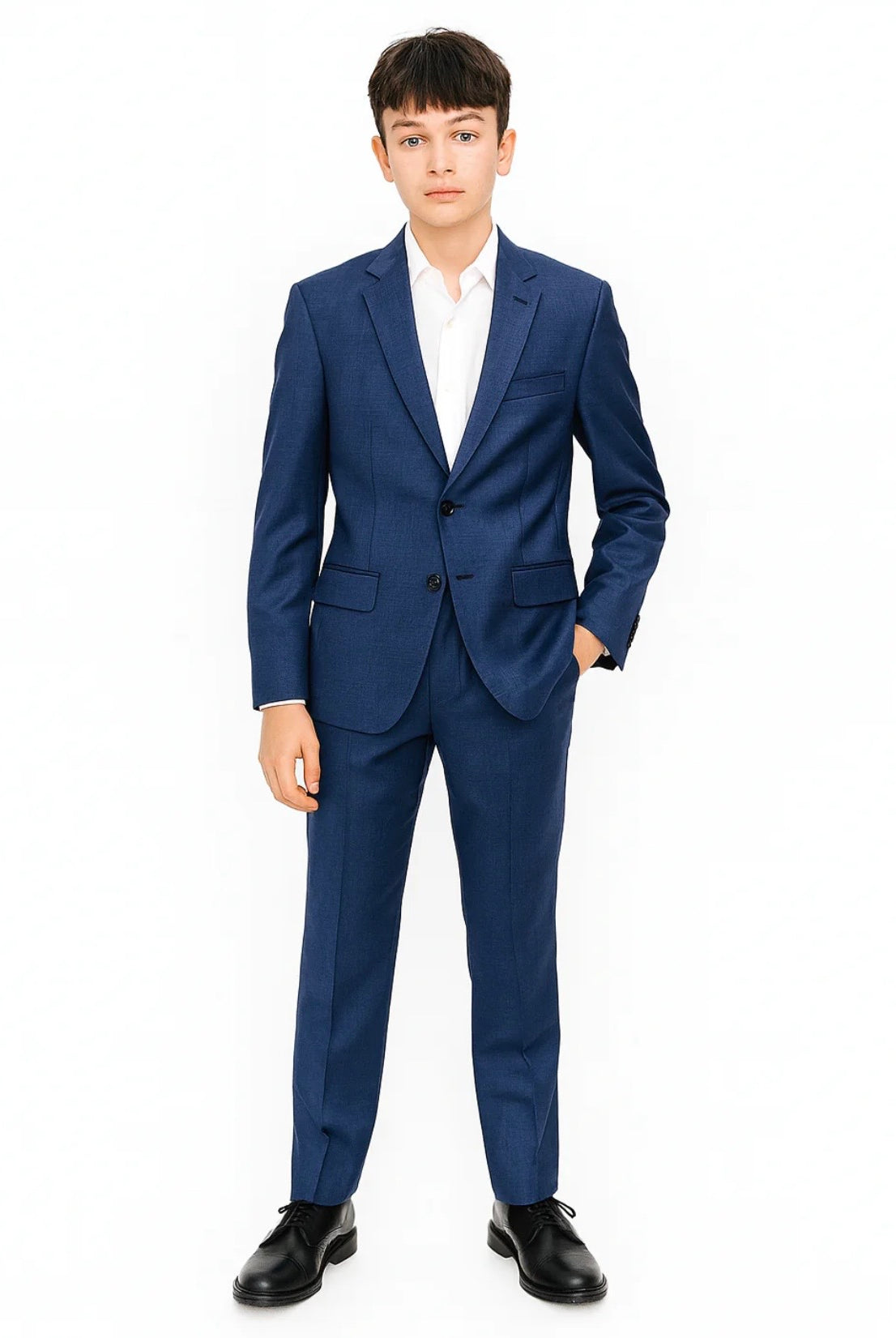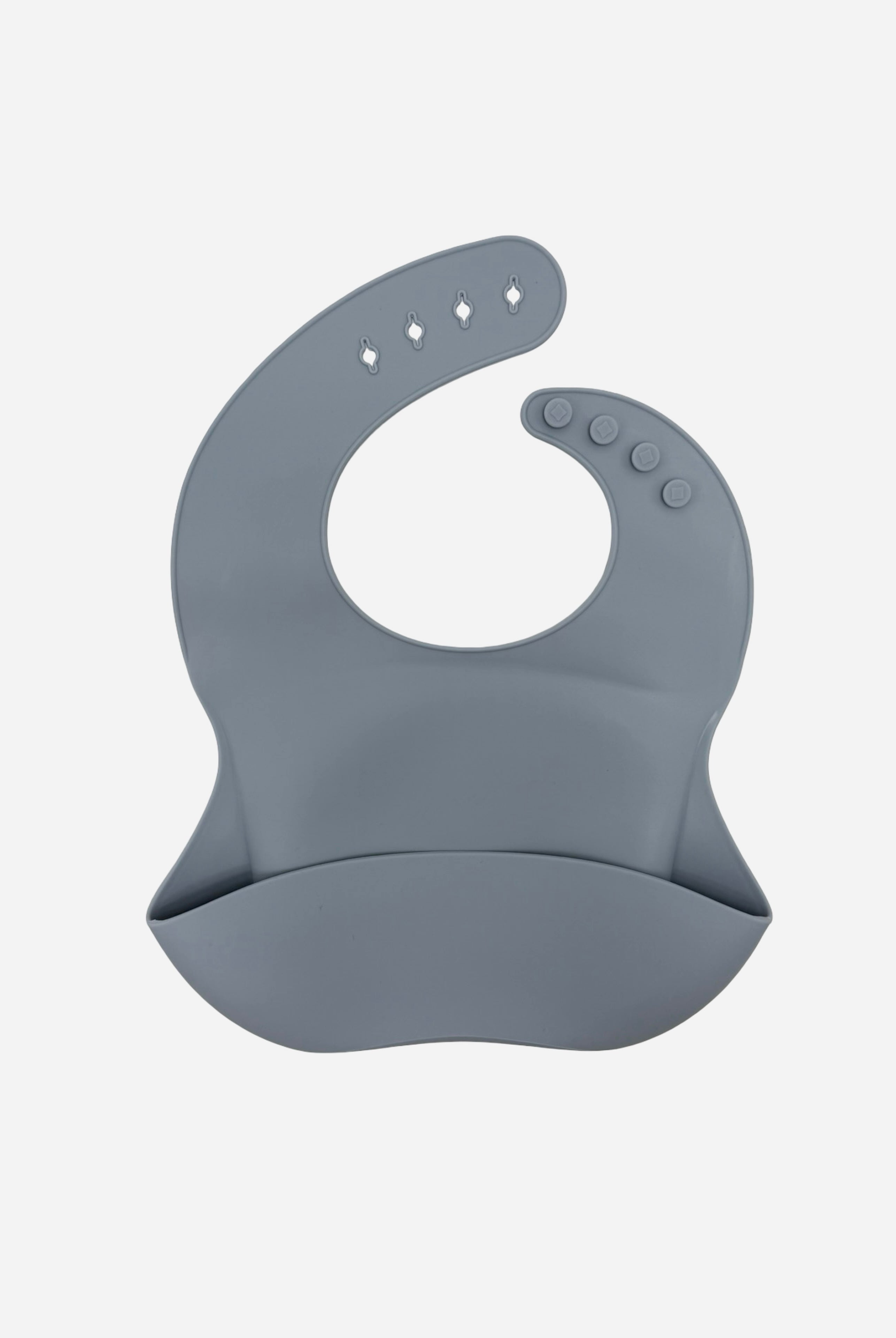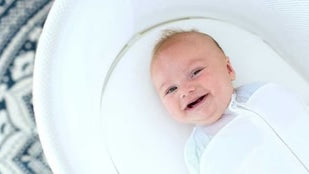The clothing industry is the 2nd most polluting industry on the earth (the first is oil and gas); accounting for 10% of global carbon emissions and one of the major culprits for environmental degradation. For a long time, the clothing and fashion world has ignored its negative environmental impacts, but lately, both big players and smaller fashion labels are assuming their responsibility to help protect our planet.
In a world where we have an almost endless number of clothing brands, opting for sustainable, eco-friendly clothing (over fast fashion) is a choice that benefits your little ones, your wallet (down the road), and the environment.
We have provided some simple care tips that can extend the lifespan of your baby and kids' wardrobe, making it last through seasons and future siblings or little ones.
1. Choose Quality
When it comes to baby and kids clothing, quality is key. Look for well-made pieces, preferably made from organic cotton, bamboo, wool, linen, or other eco-friendly materials. These fabrics are not only gentle on your baby's skin but also durable, standing the test of time and multiple washes.
2. Follow Care Instructions
Always read and follow the care instructions on clothing labels. This will ensure that you are washing, drying, and storing the items correctly, preserving their color, shape, and overall quality. Most sustainable baby clothing is best cared for using gentle, eco-friendly detergents and cold water. We recommend always hanging to dry.
3. Rotate Clothing
Rotate your baby and child's wardrobe regularly to prevent overuse of specific pieces (we know this can be HARD when kids have a favorite item that they MUST wear 24-7).
By allowing clothes to rest between wears, you can reduce the wear and tear on each item, extending their lifespan. Additionally, rotating clothing helps you make the most of every piece in the wardrobe.
4. Mend and Repair
Instead of discarding clothing at the first sign of wear, consider mending and repairing any minor damages. Whether it's a loose button, a small hole, or a loose seam, basic sewing skills can go a long way in keeping clothes in wearable condition for longer.
5. Avoid Overwashing
While it's tempting to wash baby clothes frequently, especially with little ones prone to diaper blow-outs, spills and messes, overwashing can actually shorten the lifespan of the garments. Spot clean stains when possible and opt for full washes only when necessary. This gentle approach will help preserve the fabrics for longer.
6. Proper Storage
How you store baby and kids clothing when not in use can impact their lifespan. Make sure to clean and thoroughly dry garments before storing them. Choose a cool, dry place away from direct sunlight to prevent colors from fading. Additionally, invest in breathable storage containers or cotton garment bags to protect the clothing from dust and pests.
7. Pass It On
As your baby and kids outgrow their clothing, consider passing them on to friends, family, consigning them with Fresh Kids (www.freshkids.ca) or donating to a local charity. By giving these well-cared-for items a new life with someone else, you contribute to the cycle of sustainability and extend the impact of eco-friendly choices.
Final Thought: Sustainability Starts Early
By following these tips to extend the lifespan of sustainable baby clothing, you not only save money in the long run but also teach your child the value of caring for their belongings and the planet. Making conscious choices from the start sets the foundation for a sustainable lifestyle that can benefit future generations.

